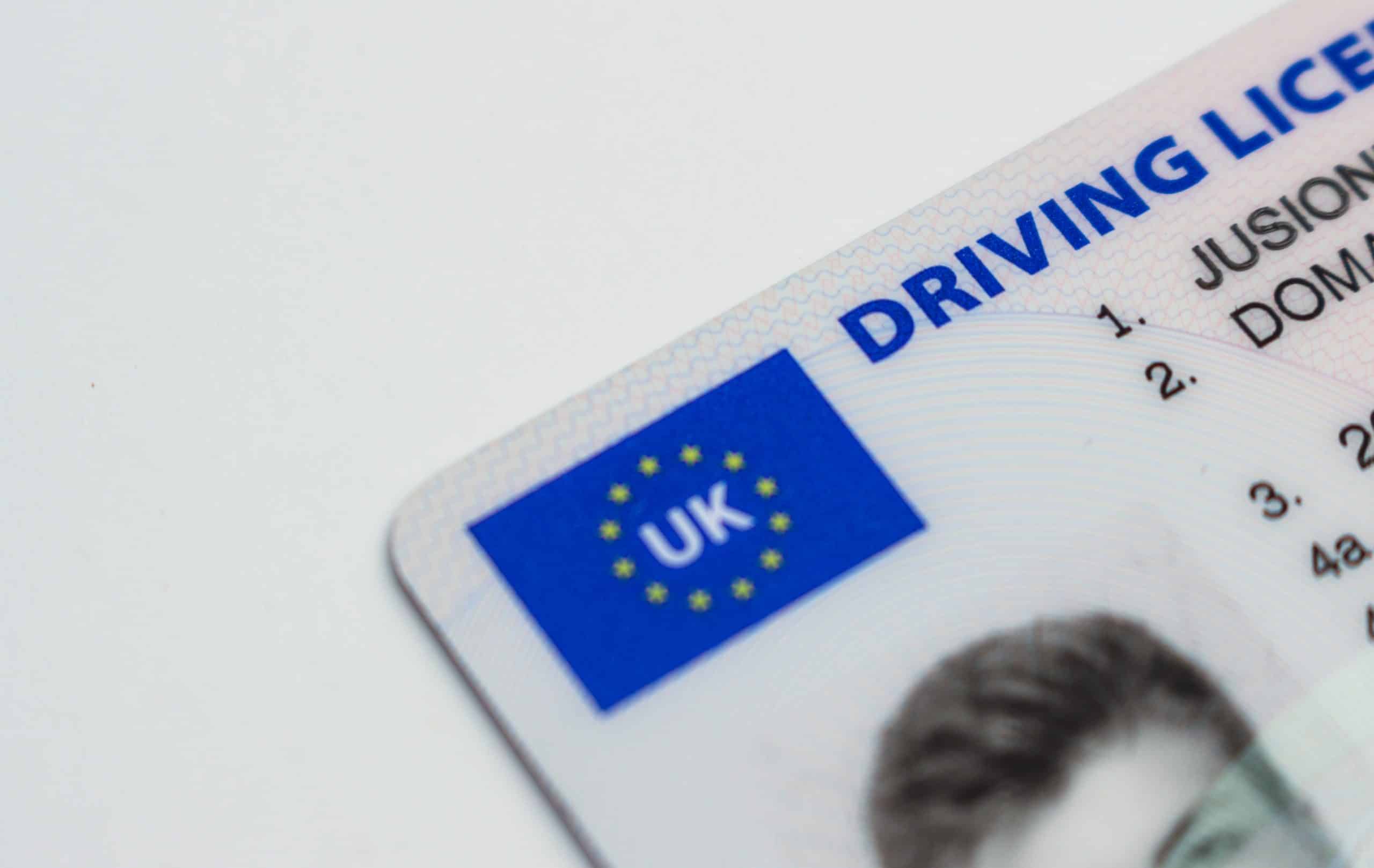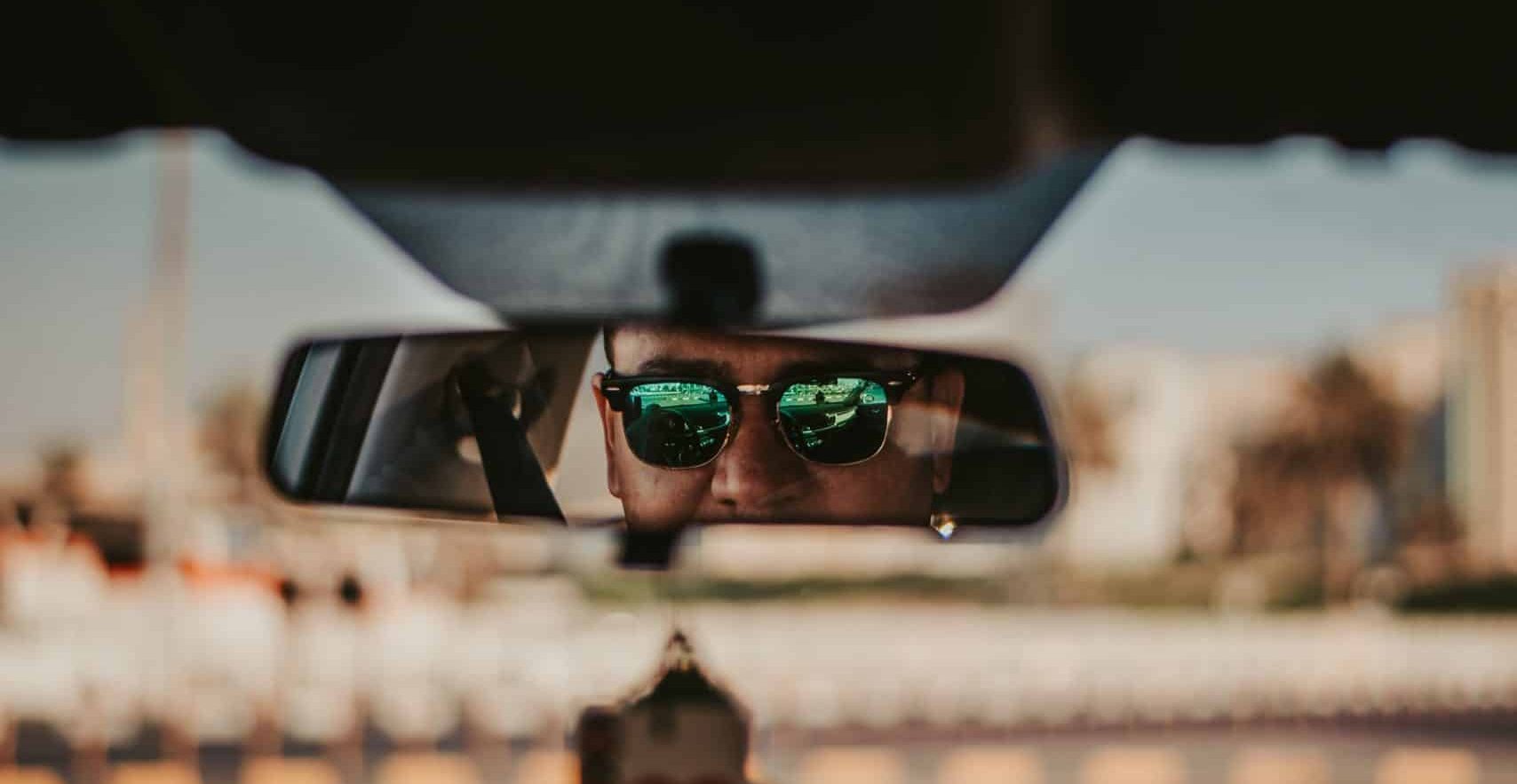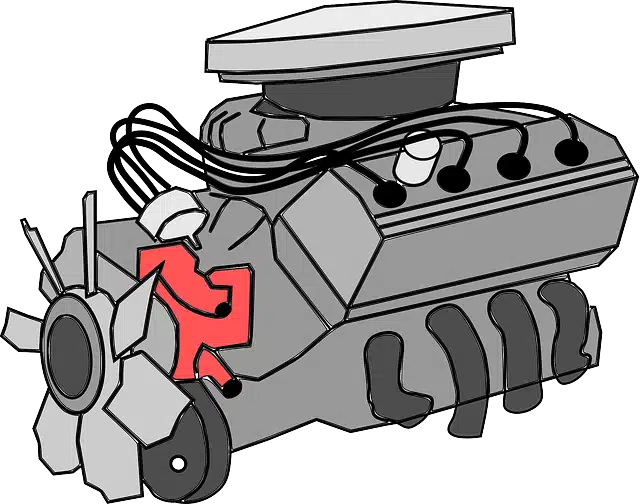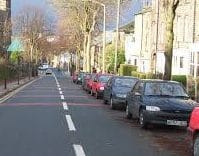
Introduction
A driving licence is an official document issued by the government that authorises an individual to operate a motor vehicle on public roads. It is a legal requirement to have a valid driving licence in order to drive a motor vehicle.
The benefits of having a driving licence are numerous. Firstly, it provides increased freedom and independence. With a driving licence, individuals can travel to places that may not be easily accessible by public transport. This is particularly beneficial for those living in rural areas or areas with limited public transportation options. Additionally, having a driving licence allows individuals to travel at their own pace and on their own schedule.
Secondly, having a driving licence can improve job prospects. Many employers require applicants to have a valid driving licence, especially for positions that involve driving, such as delivery drivers, taxi drivers, and bus drivers. Having a driving licence can give individuals a competitive edge in the job market.
Thirdly, owning a driving licence can result in cost savings. While owning and operating a car can be expensive, having a driving licence can save money in the long run. It eliminates the need to rely on public transport or taxis, which can be costly over time. Additionally, having a driving licence allows individuals to take advantage of cost-saving measures such as carpooling or sharing rides with others.
The requirements for obtaining a driving licence vary from country to country, but there are some common requirements. Generally, individuals must be of a certain age, usually at least 17 years old. They must also pass a theory test, which assesses their knowledge of the rules of the road and traffic laws. A practical driving test is also required, which evaluates the individual’s ability to safely operate a motor vehicle. In some cases, a valid provisional driving licence is necessary before taking the tests. Other requirements may include having a valid medical certificate, a valid eyesight certificate, and a valid insurance policy. It is important to cheque the specific requirements of the country or region in which you are applying for a driving licence.
Eligibility
Eligibility:
To apply for a driving licence in the UK, individuals must meet certain eligibility criteria. The specific requirements may vary depending on the country and type of vehicle. Generally, applicants must be residents of the UK and meet the minimum age requirement.
Who is eligible to apply for a driving licence?
Any UK resident over the age of 17 is eligible to apply for a driving licence. However, there may be additional requirements for certain types of vehicles or circumstances. For example, individuals aged 16 may apply for a provisional licence, which allows them to practice driving under the supervision of an Approved Driving Instructor (ADI). Additionally, there may be specific eligibility criteria for individuals with medical conditions that affect their driving.
What documents are required to apply for a driving licence?
When applying for a driving licence, applicants must provide various documents to prove their identity, address, and residency. The specific documents required may vary depending on the country and individual circumstances. Generally, applicants will need to provide a valid passport or national identity card as proof of identity. They will also need to provide proof of address, such as a utility bill or bank statement. Additionally, applicants may need to provide a valid UK driving licence, a valid medical certificate, and a valid theory test certificate. Other documents, such as a valid UK visa or a valid UK residence permit, may be required depending on the individual’s residency status.
What is the minimum age requirement for obtaining a driving licence?
The minimum age requirement for obtaining a driving licence in the UK is 17 years old for most vehicles. However, there are exceptions for certain types of vehicles. For example, individuals aged 16 may be eligible to apply for a provisional licence for mopeds or motorcycles. Additionally, individuals who receive or have applied for the higher or enhanced rate of the mobility component of Personal Independence Payment (PIP) or Disability Living Allowance (DLA) may be eligible to apply for a driving licence at a younger age. It is important to note that the minimum age requirement may vary depending on the country and type of vehicle.
Application Process
The process for applying for a driving licence in the UK can be done online or by paper application.
Online Application
To apply for a driving licence online, you need to visit the Driver and Vehicle licencing Agency (DVLA) website and create an account. Once you have created an account, you will need to provide your personal details, such as your name, address, date of birth, and National Insurance number. You will also need to provide information about any medical conditions that may affect your ability to drive. After providing this information, you can fill out the online application form. The form will ask for details about your medical history, driving convictions, and other relevant information. You will also need to provide a valid passport or other form of photo ID. Once you have completed the form, you can submit it to the DVLA.
Paper Application
If you prefer to apply for a driving licence by post, you can obtain an application form from the DVLA website or from a Post Office. You will need to fill out the form with your personal details, including your name, address, date of birth, and National Insurance number. You will also need to provide details of any medical conditions that may affect your ability to drive. Once you have completed the form, you will need to send it to the DVLA along with the fee for the licence and any supporting documents that are required.
Where to Find the Application Forms
The application forms for a driving licence can be found on the DVLA website or at a Post Office.
Supporting Documents
When applying for a driving licence, you will need to submit the following documents:
- Proof of identity, such as a passport or birth certificate
- Proof of address, such as a utility bill or bank statement
- A completed medical questionnaire
- A completed application form
Submitting the Application
For online applications, you will need to submit the completed form through the DVLA website. For paper applications, you will need to send the completed form and supporting documents to the DVLA by mail. Make sure to include the required fee with your application.
It is important to note that the specific requirements and processes may vary depending on the country or region. It is recommended to cheque the official DVLA website or contact the appropriate licencing authority for the most up-to-date and accurate information.
Renewing or Updating a Driving Licence
Renewing Your Driving Licence:
To renew your driving licence in the UK, you have the option to do it online or by post. Here are the steps for each method:
Renewing Online:
- Visit the Driver and Vehicle licencing Agency (DVLA) website.
- Provide your driving licence number, National Insurance number, and a valid UK passport number.
- Pay the renewal fee of £14.
- Complete the online form with the required information.
- Once you have submitted the form and paid the fee, you will receive a confirmation email.
- Your new driving licence will be sent to you within one week.
Renewing by Post:
- Obtain a D1 form from the Post Office or download it from the DVLA website.
- Fill out the D1 form with your driving licence number, National Insurance number, and a valid UK passport number.
- Pay the renewal fee of £14.
- Include a passport-style photograph with the form.
- Send the completed form, photograph, and fee to the DVLA address provided.
- Your new driving licence will be sent to you within one week.
Updating Your Driving Licence Information:
If you need to update your driving licence information, such as your address or name, you can also do this online or by post. Here are the steps for each method:
Updating Online:
- Visit the DVLA website.
- Create an account if you don’t already have one.
- Provide your driving licence number, National Insurance number, and a valid UK passport number.
- Pay the fee for updating your details.
- Update the necessary information in the online form.
- Once you have submitted the form and paid the fee, your driving licence information will be updated.
Updating by Post:
- Obtain a D1 form from the Post Office or download it from the DVLA website.
- Fill out the D1 form with your driving licence number, National Insurance number, and a valid UK passport number.
- Pay the fee for updating your details.
- Include a passport-style photograph with the form.
- Send the completed form, photograph, and fee to the DVLA address provided.
- Your driving licence information will be updated once the DVLA processes your application.
What to Do If Your Driving Licence Is Lost or Stolen:
If your driving licence is lost or stolen, it is important to take the following steps:
- Report the loss or theft to the police as soon as possible.
- Obtain a crime reference number or incident number from the police.
- Fill out a D1 form, which can be obtained from the Post Office or downloaded from the DVLA website.
- Include a passport-style photograph with the form.
- Pay the fee for replacing a lost or stolen driving licence.
- Send the completed form, photograph, fee, and the crime reference number to the DVLA address provided.
- Your replacement driving licence will be sent to you once the DVLA processes your application.
Remember to always keep your driving licence in a safe place and report any loss or theft immediately to ensure the security of your personal information and prevent any potential misuse.
Contact Smart Drive UK
You can contact Smart Drive UK for further assistance by phone, email, or through their website. Their customer service team is available Monday to Friday from 9am to 5pm.
To contact Smart Drive UK, you can use the following contact details:
- Phone: 01903 691002
- Email: admin@smartdriveuk.co.uk
- Website: www.smartdriveuk.co.uk
Smart Drive UK offers a range of services for learner drivers, including:
- Driving lessons: Smart Drive UK provides driving lessons for learners of all levels, from complete beginners to experienced drivers. Their experienced instructors will help you develop your skills and confidence on the road.
- Theory test preparation: Smart Drive UK offers a range of theory test preparation courses to help you pass your theory test with ease. These courses are designed to help you understand the theory behind driving and to give you the confidence to pass your test.
- Driving licence application assistance: Smart Drive UK can help you with your driving licence application, from helping you fill out the forms to providing advice on the documents you need to submit. They will guide you through the process and provide the necessary information and guidance to ensure that your application is successful.
Smart Drive UK can help you with your driving licence application by providing assistance with the paperwork and process of applying for your driving licence. They can provide advice and guidance on the application process, as well as help you complete the necessary paperwork. They can also help you understand the different categories of driving licence and the points and endorsements system.
Smart Drive UK is a leading provider of driving lessons and services for learner drivers. They offer a range of services to help you get your driving licence, including driving lessons, theory test preparation, and help with the application process. You can contact them by phone, email, or through their website for further assistance.



